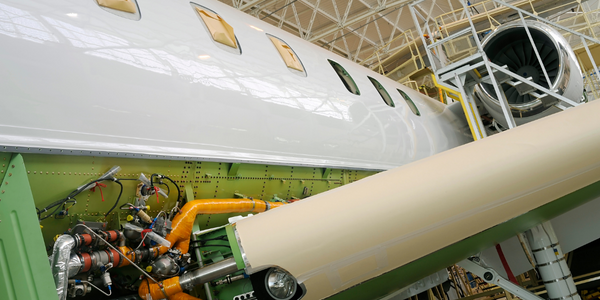Technology Category
- Analytics & Modeling - Digital Twin / Simulation
- Sensors - Autonomous Driving Sensors
Applicable Industries
- Aerospace
- Automotive
Applicable Functions
- Product Research & Development
- Sales & Marketing
Use Cases
- Time Sensitive Networking
- Virtual Reality
Services
- Testing & Certification
About The Customer
The University of Texas – Arlington (UTA) Racing FSAE team, founded in 1976, has been consistently competing at various competitions across the United States, as well as the United Kingdom, Japan, and Australia. The team has built more than 30 cars over 37 years, securing podium finishes in multiple countries. The team is divided into nine subsystems, each led by a chief engineer responsible for systems integration and major design goals. UTA Racing is affiliated with the Mechanical and Aerospace (MAE) department of The University of Texas at Arlington.
The Challenge
The University of Texas – Arlington's Formula SAE racecar team faced a significant challenge in redesigning the pedal box assembly of their 2019 racecar. The previous pedal box assembly, made of a carbon fiber and foam core body with aluminum pedals and mountings, had issues with body flexing and required reinforcement, which unfortunately increased the weight beyond the original design. The team also found the design and simulation process to be time-consuming. The challenge was to make the pedal box assembly stiffer, lighter, and easier to manufacture, while also reducing the time spent on design and simulation.
The Solution
The team decided to redesign the pedal box assembly using aluminum components instead of carbon fiber bits, which would make it easier to manufacture and modify if necessary. They used Altair’s SimLab for the simulation study, which delivered a quicker and well-structured output. The model was solved in HyperMesh using Optistruct. After evaluating and selecting various designs, the team manufactured all components in the same way. The pedal box was designed to be adjustable for various drivers and to meet the FSAE rules for 95th percentile male and 5th percentile female driver templates.
Operational Impact
Quantitative Benefit

Case Study missing?
Start adding your own!
Register with your work email and create a new case study profile for your business.
Related Case Studies.

Case Study
Airbus Soars with Wearable Technology
Building an Airbus aircraft involves complex manufacturing processes consisting of thousands of moving parts. Speed and accuracy are critical to business and competitive advantage. Improvements in both would have high impact on Airbus’ bottom line. Airbus wanted to help operators reduce the complexity of assembling cabin seats and decrease the time required to complete this task.

Case Study
Aircraft Predictive Maintenance and Workflow Optimization
First, aircraft manufacturer have trouble monitoring the health of aircraft systems with health prognostics and deliver predictive maintenance insights. Second, aircraft manufacturer wants a solution that can provide an in-context advisory and align job assignments to match technician experience and expertise.

Case Study
Integral Plant Maintenance
Mercedes-Benz and his partner GAZ chose Siemens to be its maintenance partner at a new engine plant in Yaroslavl, Russia. The new plant offers a capacity to manufacture diesel engines for the Russian market, for locally produced Sprinter Classic. In addition to engines for the local market, the Yaroslavl plant will also produce spare parts. Mercedes-Benz Russia and his partner needed a service partner in order to ensure the operation of these lines in a maintenance partnership arrangement. The challenges included coordinating the entire maintenance management operation, in particular inspections, corrective and predictive maintenance activities, and the optimizing spare parts management. Siemens developed a customized maintenance solution that includes all electronic and mechanical maintenance activities (Integral Plant Maintenance).

Case Study
Aerospace & Defense Case Study Airbus
For the development of its new wide-body aircraft, Airbus needed to ensure quality and consistency across all internal and external stakeholders. Airbus had many challenges including a very aggressive development schedule and the need to ramp up production quickly to satisfy their delivery commitments. The lack of communication extended design time and introduced errors that drove up costs.





